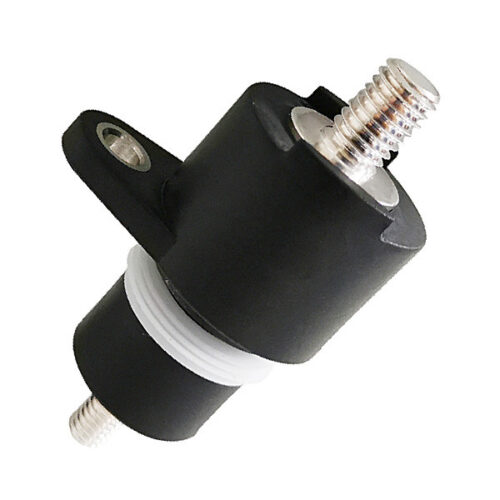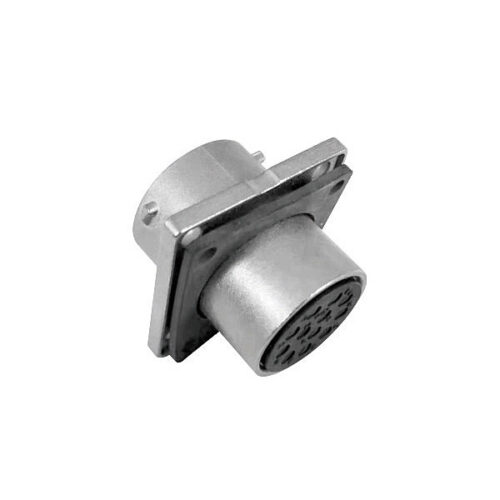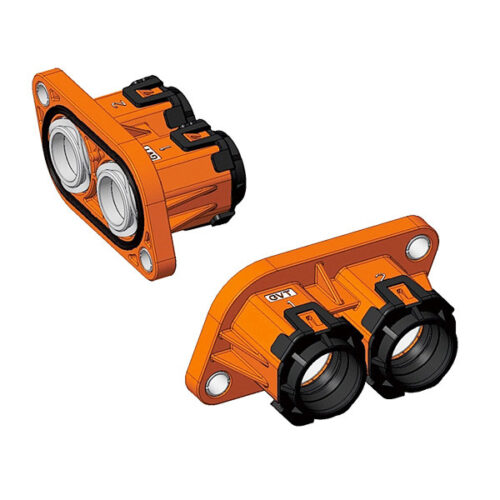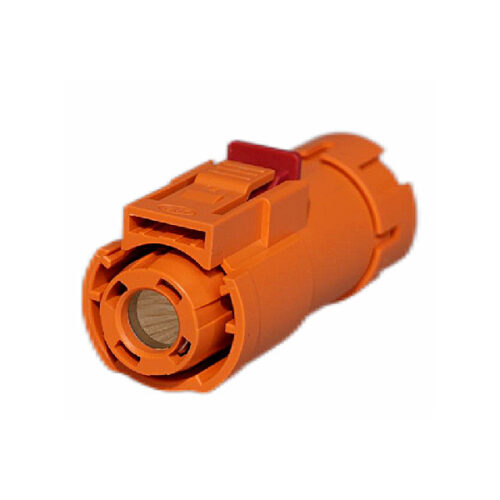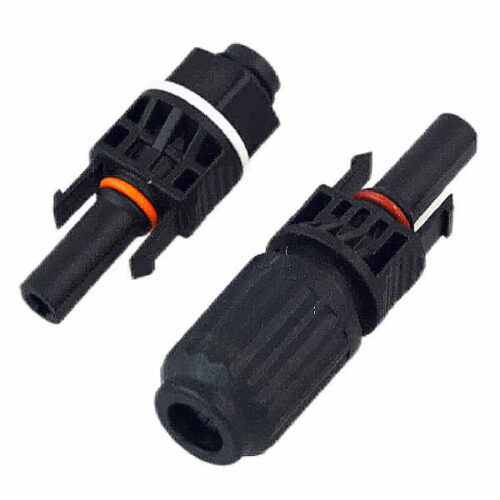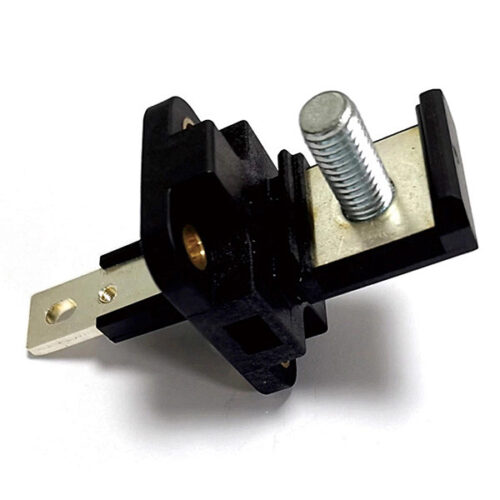Blogs & News
We are focus on automotive wiring harness & connectors technology.
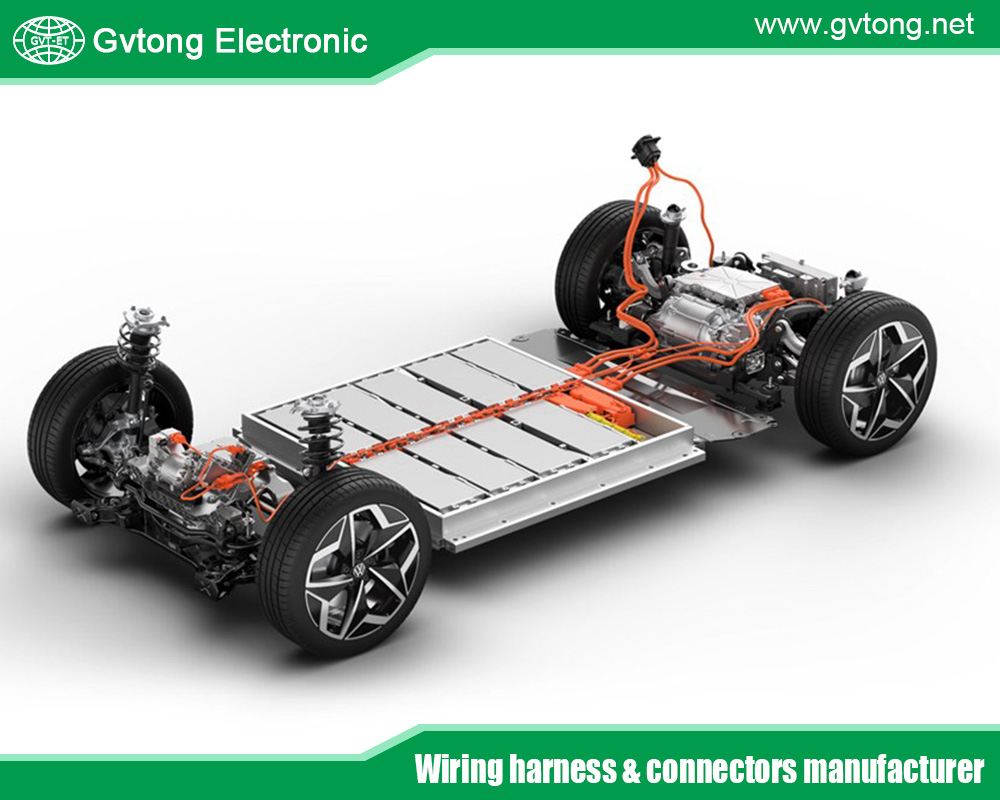
Automotive Hybrid Connectors: Revolutionizing Vehicle Connectivity
- Gvtong Electronic
- 10-cavity connector factory, 10-cavity connector manufacturer, 10-cavity connector supplier, 10-cavity connectors market, 12 volt 2 pin waterproof connector, 2 Pin Way Car Waterproof Electrical Connector, 2-cavity connectors company, 3-cavity connectors manufacturer, 48V board net connectors, Automated assembly connectors, automotive antenna connector, automotive coaxial connector, automotive data connector, automotive electrical connector, automotive high - frequency, automotive High voltage connector, automotive hybrid connector, Automotive Hybrid Connectors, Automotive Hybrid Connectors Manufacturer, Automotive Hybrid Connectors Supplier, automotive Low voltage connector, automotive Oil-resistant Connectors, automotive optical fiber connector, automotive power distribution, automotive Signal Connector, automotive vibration - resistant, automotive waterproof connectors, Automotive-grade AEC-Q200 connectors, Cost-effective automotive connectors, Energy Storage Wire, Halogen-free automotive connectors, High Pressure Connectors, High Pressure Wire, Industrial Control Connectors, Low Pressure Connectors, Low Pressure Wire, Multi-variation connectors, Recyclable material connectors, Redundant safety connectors, Thermal management connectors, Wind And Solar Storage, Wireless charging connectors
- No Comments
Automotive Hybrid Connectors: Revolutionizing Vehicle Connectivity
The automotive industry is undergoing a transformative shift, driven by the rise of electric vehicles (EVs), autonomous driving technologies, and advanced infotainment systems. At the heart of this evolution lies the need for efficient, reliable, and compact electrical systems. Traditional connectors, which handle either power or data separately, are increasingly insufficient for modern vehicles that demand seamless integration of both. Enter automotive hybrid connectors—innovative solutions that combine power and data transmission into a single unit, streamlining connectivity and enhancing performance.Hybrid connectors are more than just a technical upgrade; they represent a paradigm shift in automotive design. As vehicles become more electrified and intelligent, these connectors play a pivotal role in reducing complexity, saving space, and improving reliability. This article delves into the world of automotive hybrid connectors, exploring their definition, applications, technical specifications, advantages, challenges, real-world use cases, and future potential. By the end, readers will understand why hybrid connectors are indispensable to the future of mobility.
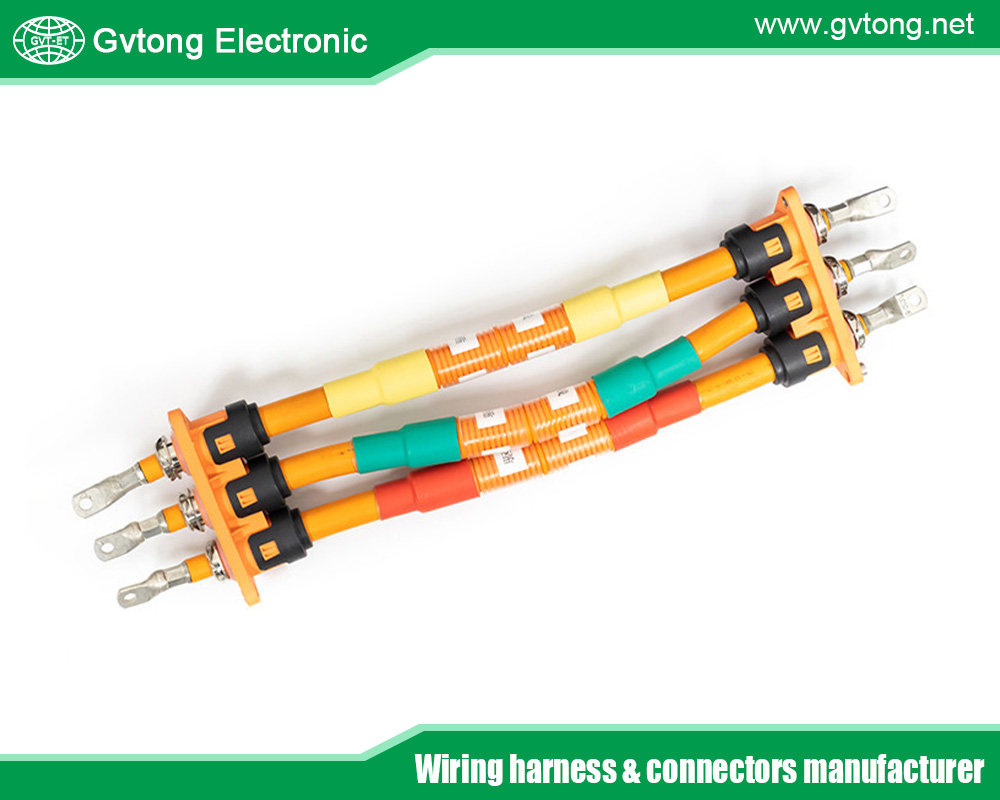
What Are Automotive Hybrid Connectors?
Automotive hybrid connectors are specialized components designed to integrate multiple functions—typically power and data transmission—into a single connector. Unlike traditional connectors, which require separate units for power delivery (e.g., to motors or batteries) and signal transmission (e.g., for sensors or communication systems), hybrid connectors consolidate these roles. This dual-purpose design reduces the number of connectors needed, simplifies wiring, and enhances system efficiency.
Types of Hybrid Connectors
There are several types of hybrid connectors tailored to specific automotive needs:
- Power and Signal Hybrid Connectors: These combine electrical power with low-voltage signals, commonly used in sensor networks or control units where both energy and data are required.
- Power and Fiber Optic Hybrid Connectors: These pair electrical power with fiber optic lines for high-speed data transmission, ideal for applications like autonomous driving that demand rapid, reliable communication.
- Power and Fluid Hybrid Connectors: Less common but growing in use, these integrate power with fluid lines (e.g., for cooling systems), particularly in high-performance EVs.
Design and Components
Hybrid connectors are engineered with precision. They typically feature:
- Power Pins: Larger contacts designed to handle high currents, often for voltages up to 1000V in EVs.
- Signal Contacts: Smaller pins or terminals for data, supporting protocols like CAN, Ethernet, or LIN.
- Housing: Robust casings made from materials like polyamide or aluminum, resistant to vibration, heat, and moisture.
- Sealing: Gaskets or O-rings to achieve high ingress protection (e.g., IP67 or IP69K).
The ability to pack these elements into a compact, durable package makes hybrid connectors a cornerstone of modern automotive engineering.
The Role of Hybrid Connectors in Automotive Systems
The transition from mechanical to electronic systems in vehicles has been profound. Today’s cars are essentially rolling computers, with intricate electrical architectures supporting everything from propulsion to entertainment. Hybrid connectors have emerged as a critical enabler of this shift.
Evolution of Automotive Electrical Systems
Historically, vehicles relied on simple wiring for basic functions like lighting and ignition. The advent of electronic control units (ECUs), sensors, and infotainment systems in the late 20th century increased wiring complexity. EVs and autonomous vehicles have accelerated this trend, demanding systems that can handle high power (e.g., for batteries) and high-speed data (e.g., for radar or cameras) simultaneously. Hybrid connectors address this dual challenge by reducing the number of connection points and cables.
Key Applications
- Electric Vehicles (EVs): In EVs, hybrid connectors are used in battery management systems (BMS) to deliver power to the drivetrain while transmitting data about battery health and charge status.
- Advanced Driver-Assistance Systems (ADAS): Hybrid connectors link sensors, cameras, and ECUs, enabling real-time data processing for features like lane-keeping and adaptive cruise control.
- Infotainment: They power screens and speakers while supporting data for navigation, streaming, and connectivity.
Benefits Over Traditional Connectors
Compared to traditional setups, hybrid connectors reduce weight, save space, and lower the risk of failure by minimizing connection points. This is particularly valuable in EVs, where every kilogram affects range, and in autonomous vehicles, where reliability is non-negotiable.
Technical Specifications and Standards
Automotive hybrid connectors operate in harsh environments—extreme temperatures, vibrations, and exposure to moisture or chemicals. To perform reliably, they must meet stringent technical requirements and industry standards.
Key Specifications
- Durability: Must withstand vibration (up to 20G in some cases) and mechanical shock, as per standards like ISO 16750.
- Temperature Resistance: Operate reliably from -40°C to 125°C, with some designs tolerating peaks up to 150°C.
- Current and Voltage: Handle currents from a few amps to hundreds (e.g., 200A for EV charging) and voltages up to 1000V.
- Ingress Protection: Rated IP67 or higher, ensuring resistance to dust and water immersion.
- Signal Integrity: Support high-speed data rates (e.g., 1 Gbps for Ethernet) without interference.
Industry Standards
Several standards govern hybrid connectors:
- ISO 16750: Defines environmental conditions for electrical equipment in vehicles.
- SAE J3117: Specific to hybrid connectors in EVs, ensuring safety and performance.
- AEC-Q100: A reliability standard for automotive electronics, including connectors.
- IEC 62196: Applies to EV charging connectors, some of which are hybrid designs.
Comparison with Non-Hybrid Connectors
Non-hybrid connectors are simpler but less versatile. A traditional power connector might handle 400V but lack data capability, requiring a separate signal connector. Hybrid connectors, while more complex, eliminate this redundancy, though they demand advanced materials (e.g., gold-plated contacts) and precise engineering to balance power and signal needs.
Advantages of Hybrid Connectors in Vehicles
The adoption of hybrid connectors brings tangible benefits to automotive design and performance.
Space and Weight Savings
By combining power and data into one unit, hybrid connectors reduce the size and weight of wiring harnesses. In an EV, where battery weight already strains efficiency, this can extend range by several kilometers. For example, replacing two traditional connectors with one hybrid unit might save 50-100 grams per connection—a significant amount across a vehicle.
Simplified Wiring and Assembly
Fewer connectors mean less wiring, simplifying the harness design and reducing assembly time on the production line. This also lowers the chance of human error during installation, such as mismatching connectors.
Enhanced Reliability
Every connection point is a potential failure point. Hybrid connectors cut these points in half, improving system uptime. In autonomous vehicles, where a single failure could compromise safety, this reliability is critical.
Cost Efficiency
While hybrid connectors have a higher upfront cost, they can reduce overall expenses by minimizing materials (e.g., fewer cables) and labor. Over a vehicle’s lifecycle, this translates to savings in maintenance and repairs.
Challenges and Limitations
Despite their promise, hybrid connectors face hurdles that must be addressed for widespread adoption.
Design Complexity
Integrating power and data requires sophisticated engineering. Designers must ensure electrical isolation (to prevent interference), thermal management (to dissipate heat from high currents), and compatibility across functions—all within a compact form factor.
Cost Implications
The advanced materials and manufacturing processes (e.g., precision molding, high-quality contacts) make hybrid connectors more expensive than traditional ones. For budget-conscious manufacturers, this can be a deterrent, especially in lower-end vehicles.
Compatibility Issues
Retrofitting hybrid connectors into legacy systems is challenging. Older vehicles may lack the infrastructure to support them, requiring costly redesigns. Even in new models, ensuring interoperability with various standards and components adds complexity.
Thermal Management
High-power applications generate heat, which can degrade signal performance or damage the connector. Advanced cooling solutions, such as integrated heat sinks or fluid channels, add to the design burden.
Current Applications and Case Studies
Hybrid connectors are already making an impact across the automotive landscape.
Electric Vehicles
In Tesla’s Model 3, hybrid connectors link the battery pack to the BMS, managing 400V power and data on charge levels simultaneously. This integration ensures efficient energy use and safety monitoring.
ADAS and Autonomous Vehicles
Waymo’s self-driving cars rely on hybrid connectors to connect LiDAR, radar, and cameras to the central processor. These connectors deliver power while transmitting gigabits of data per second, enabling split-second decision-making.
Infotainment Systems
BMW’s iDrive system uses hybrid connectors to power displays and speakers while supporting high-speed data for navigation and connectivity. This reduces clutter in the dashboard, enhancing aesthetics and functionality.
Industry Leaders
Companies like TE Connectivity (with its AMP+ HVA 280 series) and Amphenol (with its RADSOK hybrid solutions) are at the forefront, offering connectors tailored to EVs, ADAS, and beyond.
Future Trends and Innovations
The future of automotive hybrid connectors is bright, driven by emerging technologies and industry needs.
Smart and Connected Vehicles
As cars integrate with the Internet of Things (IoT), hybrid connectors will support vehicle-to-vehicle (V2V) and vehicle-to-infrastructure (V2I) communication, combining power with ultra-fast data links.
Miniaturization
Advances in materials (e.g., lightweight composites) and manufacturing (e.g., 3D printing) are shrinking connectors without sacrificing performance, ideal for compact urban EVs.
Standardization
Efforts to unify standards across manufacturers will reduce costs and improve compatibility, much like USB did for consumer electronics.
Sustainability
The push for greener vehicles will drive hybrid connectors that optimize energy efficiency, such as those supporting regenerative braking or lightweight designs.
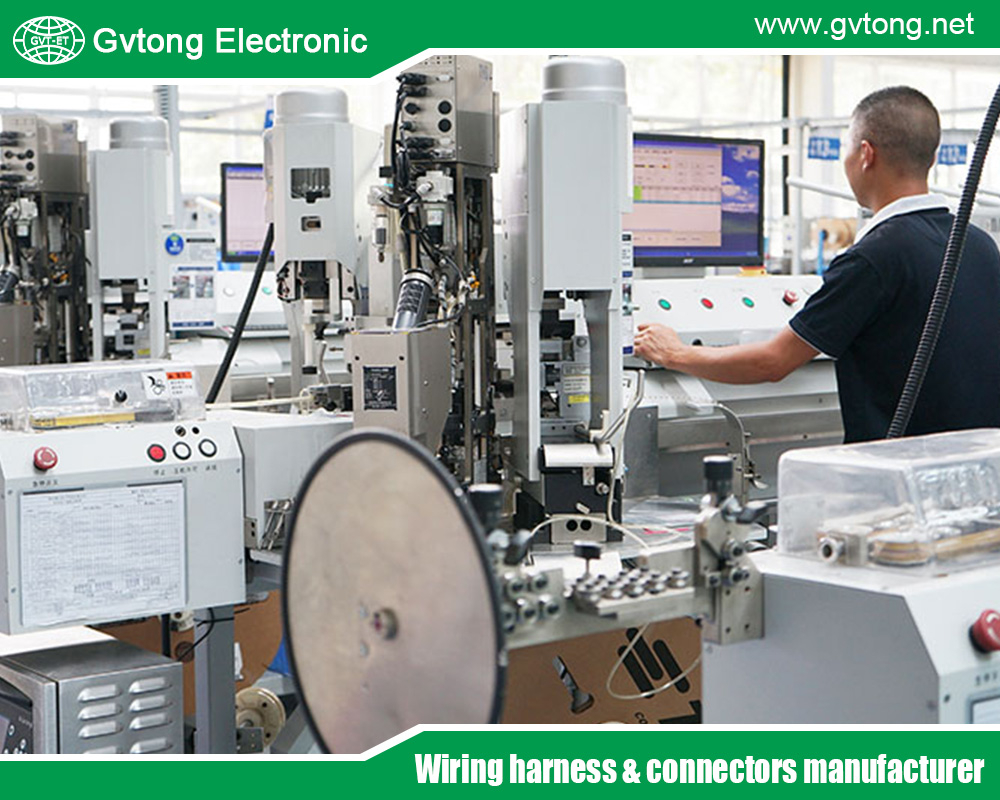
Conclusion
Automotive hybrid connectors are more than a technical innovation—they are a cornerstone of the automotive future. By merging power and data transmission, they address the demands of electrification, autonomy, and connectivity, offering space savings, reliability, and efficiency. Challenges like cost and complexity remain, but ongoing advancements are steadily overcoming these barriers. As the industry evolves, hybrid connectors will be instrumental in shaping smarter, greener, and safer vehicles, paving the way for a new era of mobility.
For more about automotive hybrid connectors: revolutionizing vehicle connectivity, you can pay a visit to Gvtong at https://www.gvtong.net/ for more info.

